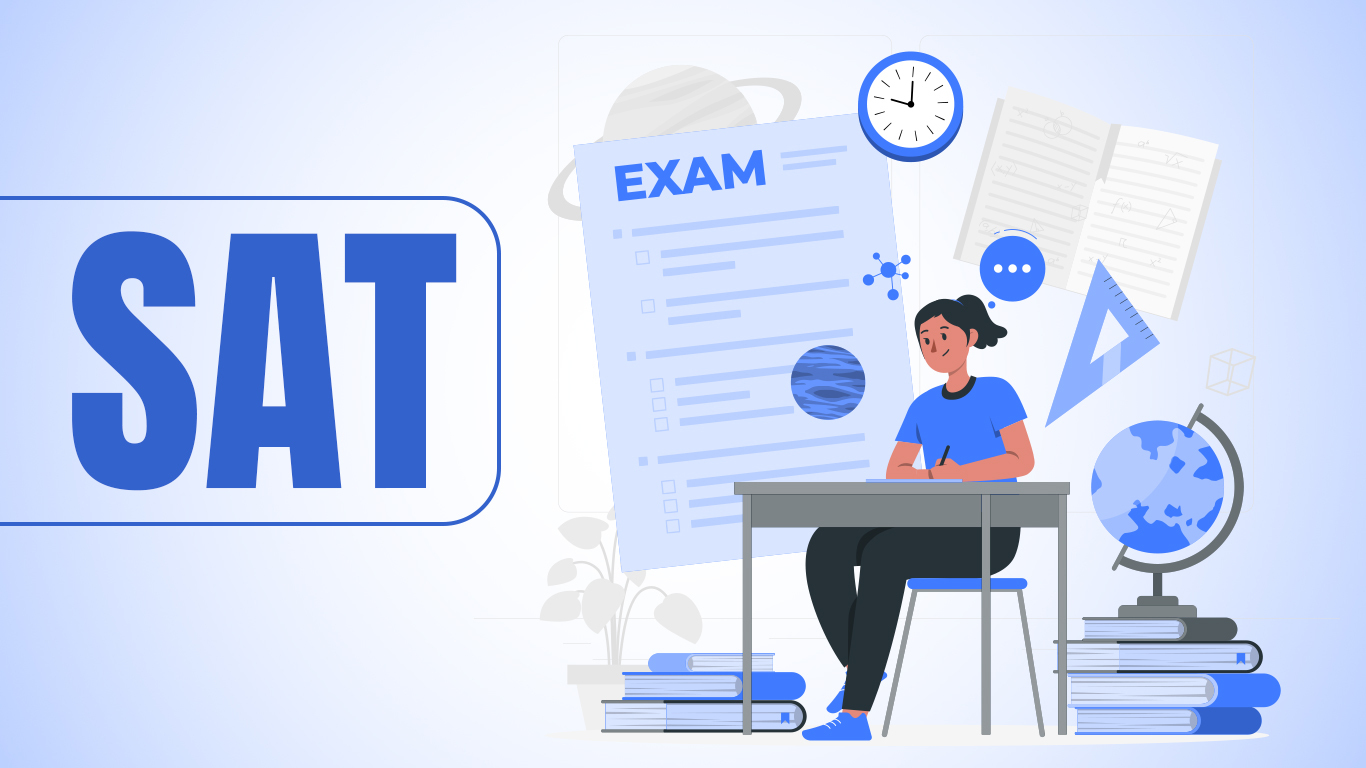Digital SAT Concerns and Challenges
Last autumn, a junior named Mia approached Candice Mackey with an unusual request: She wanted to take the SAT, usually given at her school in the spring, a few months early. Mia was one of several juniors to bring up the idea with Mackey.
Mackey handles testing coordination at the Los Angeles Center For Enriched Studies (LACES) and serves as the public magnet school’s sole college counselor.
Normally, she'd advise against her students taking the standardized exam early. She'd want them to reach their full potential, to get in as much test prep as possible before tackling the high-pressure (though now largely optional) assessment.
However, this time, she understood the students' concerns: Starting in March, the SAT would be digital. The traditional paper-and-pencil format was no longer an option, except in rare cases for students with visual impairments, severe reading disabilities, or other documented challenges.
Mia, who preferred to use only her first name to protect her college prospects, mentioned that she has eye problems and gets headaches from staring at a screen for too long.
The materials she's used for practice since middle school, like the Preliminary SATs (PSAT) and practice SATs, were almost always in paper format. There are relatively few digital prep materials available.
Mackey mentioned that other students shared similar worries.
“They felt an urgency ... to take the paper exam,” she said, knowing that it won’t be available anymore.
Debates and Implications in College Admissions
The new format arrives amid heated debates over whether colleges should consider students’ race in admissions, and after some colleges reinstated the test score requirement.
High schools are also scrambling to assist teens with other changes, such as the rocky rollout of the new federal financial aid application. Some argue that the new SAT could add to the chaos of college admissions.
The College Board, the organization that administers the SAT, believes the move to digital is beneficial – that societal changes necessitate the modern format and that students are prepared and eager to enter a new electronic era. However, educators, test-prep experts, and youth advocates are concerned the digital transition could complicate the admissions process.
They argue that many students, particularly those lacking the resources or knowledge to keep up with the latest developments, are unprepared for what's ahead.
“This past year, a lot of big changes have happened too quickly,” said Diane Barnett, a consultant with the online education provider Knovva Academy, which assists students in getting into elite schools. “Some students’ heads have been spinning from that.”
How is the SAT changing in 2024?
The digital SAT launched internationally last year, and the digital PSAT debuted in the U.S. last fall. The final stage of the College Board’s digital shift happens this spring when students in the U.S. will take the SAT using their personal or school-provided laptops or tablets, via an app called Bluebook.
Adaptive Testing: A New Approach
While the College Board says the scores will be comparable, the new exam isn’t just an on-screen version of the paper-and-pencil test from years past. Test takers will experience something fundamentally different in several ways.
A key change is that the new test is what the College Board describes as “adaptive” in nature. Both the math and reading sections will be divided into two parts. A student’s performance in the first part of each section will determine the difficulty level of the second part that shows up on their screen.
Dynamic Difficulty: Tailored Challenges
The second half of the test will either be harder or easier than the first half, depending on a student's performance. If a test taker breezes through the first half of the math questions, the second half of that person’s test be more difficult.
For a test-taker who struggles during the first half, the second half will be easier. In both scenarios, a person’s scores will be calibrated based on the questions’ difficulty.
Psychological Benefits: Adjusted Expectations
This system benefits students who have studied, are good at test-taking, and are unintimidated by difficult questions. And psychologically, test-prep experts say, it could benefit students.
who are prone to botching their performance when faced with questions too hard for them because they'll perform better with a second set that’s more manageable.
Read more such news on techinsighttoday
Thank you so much for reading.

